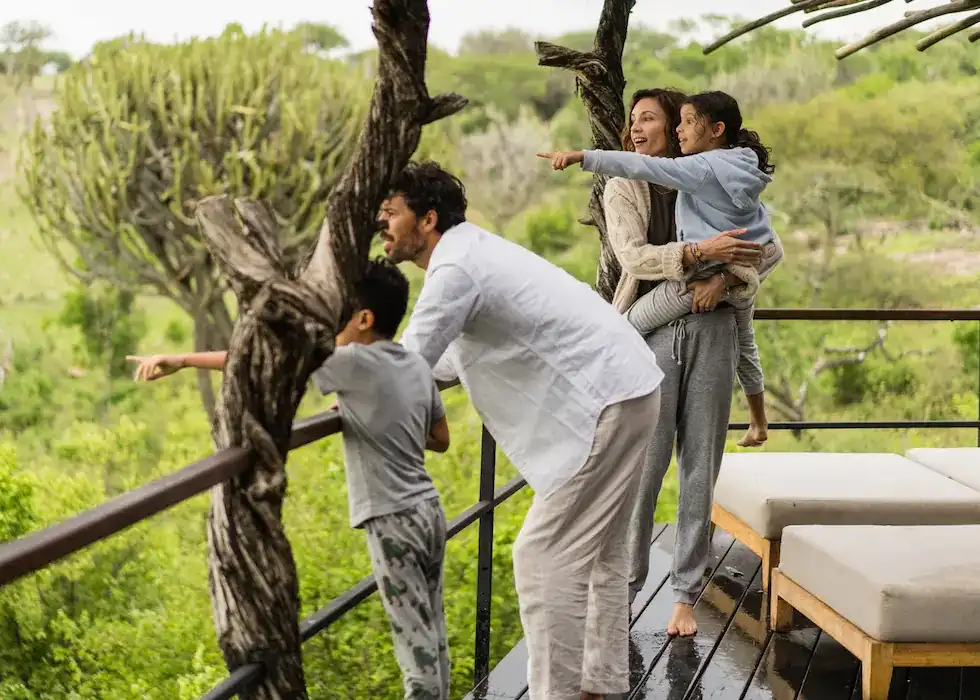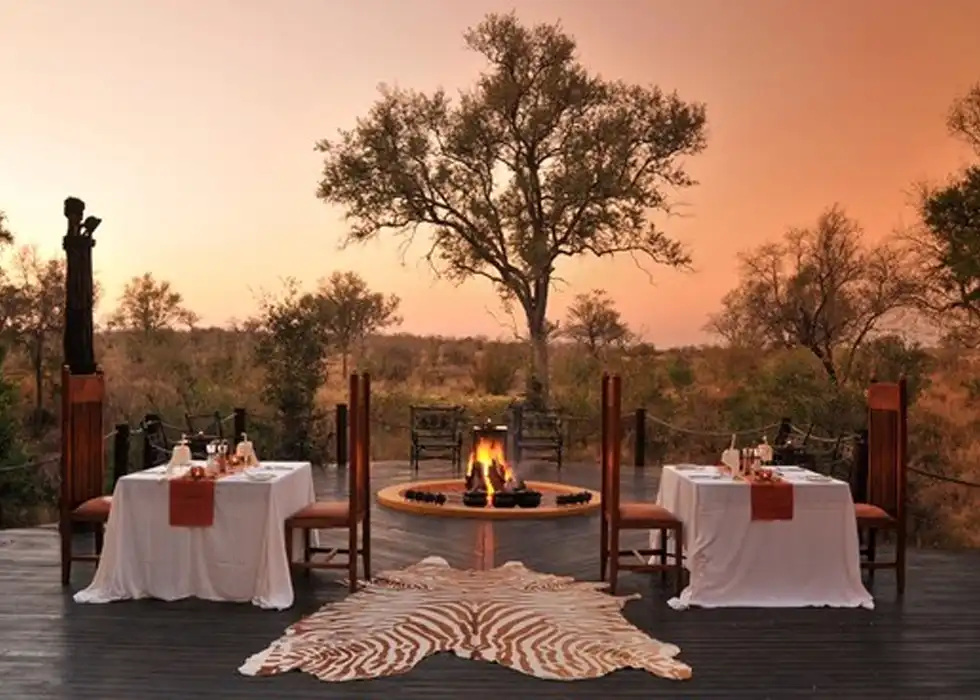Kilimanjaro Gear List: Kilimanjaro Packing List
Everything you should know about gear for climbing the highest mountain in Africa
Essential Kilimanjaro Packing List for a Successful Climb
While Kilimanjaro is often regarded as the easiest of the “Seven Summits,” it’s crucial not to underestimate the challenges it presents. Packing your Kilimanjaro kit is a critical step towards a successful climb, yet many online recommendations lack detailed explanations for their choices. Our comprehensive Kilimanjaro packing list guide aims to bridge this gap, catering to both novices and seasoned climbers alike. From essential gear to invaluable tips, we provide a thorough overview to ensure your expedition is well-prepared for every aspect of the journey.
Recommended Kilimanjaro Gear
Baggage and Sleeping Kit
- Large holdall, 70-90 litres capacity (for kit carried by porter)
- Day sack, 25-45 litres (for personal use on mountain; ready-access items)
- Sleeping bag (-10°C / 14°F “comfort” rating, or colder)
- Waterproof rucksack liner or heavy duty plastic sack
- Elasticated waterproof rucksack cover – not strictly necessary, but advised
- NB: sleeping mattresses are not required as we provide these for you – except on Lite and Superlite Series, in which case we recommend Thermarest
Clothing for Climbing Kilimanjaro
- Sweat-wicking T-shirts / vests
- Fleece (Polartec 300 grading or similar)
- Insulated down jacket or similar
- Down mittens or similar
- Lightweight gloves for non-summit days
- Thermal Long-Johns or compression tights for summit night
- Lightweight walking trousers (avoid jeans or heavy cotton as they chafe and dry slowly)
- Underwear (lycra shorts and / or briefs are usually better than boxer shorts which gather and chafe)
- Very good quality hiking socks and thin liner socks. (We advise that socks should be at least a size too small otherwise they stretch and bunch causing blisters)
- Breathable lightweight waterproofs (jacket and trousers).
- Waterproof walking boots, sturdy and worn-in. A Gore-Tex membrane or similar is advised. While Alpine or C3 boots are not required for Kilimanjaro it is important that your boots have good ankle and arch support and good deep read patterns.
- Calf gaiters
- Balaclava
- Goretex Mountain Cap or Woollen Hat
- Wide brimmed sun hat to protect face, ears and neck
Hygiene Related Kilimanjaro Packing List
- Toothbrush & toothpaste
- Lightweight travel towel
- Deodorant
- Flat packed Wet Ones, travel wipes, or similar, for personal hygiene on the mountain.
- Kleenex tissues in plastic travel pouches or toilet paper
- Hairbrush / comb
- Sanitary products
- Lip salve with UV protection
- Vaseline, to prevent chafing skin and heel friction blisters
Health Related Items Must Have on Kilimanjaro Packing list
- Malaria tablets (if you choose to take these. Most will seek advice from their GP. Note that some anti-malarial courses need to commence several weeks before departure)
- Factor 30+ sun cream
- Sun barrier cream white / blue for nose and ears
Documents Needed When Travelling to Kilimanjaro
- Passport (with additional 6 months’ validity after proposed expedition return date)
- Tanzanian entry visa. (If flying to Nairobi and taking the bus to Arusha Kenyan visas can be bought on arrival at Nairobi airport.)
- Flight tickets
- Cash in US dollars (tipping allowance and local purchases, taxis, meals, etc). Notes should be newer than 2009 as older notes are not accepted by local banks
- Credit card (recommended for eventualities only)
- Travel insurance documents (optional)
- Vaccination certificates (Yellow Fever, if visiting a ‘risk zone’ prior to entering Tanzania)
Traveller’s cheques are not recommend as they are subject to very poor conversion rates in Arusha.
Other Things Recommended Kilimanjaro Gear List
- Powerbank to recharge your phone – solar-charging unit with integrated multi-cables is recommended
- Rechargeable hand warmers and foot warming insoles for summit night only
- Sunglasses with UV-filter lenses
- High energy snacks (cereal bars, dried fruit & nuts), & energy gels for summit night
- Contact lens wearers: Spare contact lenses and fluid, if worn
- Watch – ideally, with heart rate and GPS features to track your route for later analysis
- Head torch with spare batteries for summit night & tent admin
- Water bottles & Camelbak. Your total water carrying capacity should be 3 litres
- Ear plugs and blindfold (to aid sleep on afternoon before summit night)
- Optional: Telescopic walking poles – around 80% of our climbers use them
- Mobile phone. There is signal reception on most parts of the mountain. It is a good idea to unlock your phone before you come out so that a local SIM card can be used.
Personal Small First Aid Kit to be Carried by Each Climber on Kilimanjaro
- Pain killers (Ibuprofen)
- Diamox (Acetazolamide)- if you choose to use this. We can supply this.
- Paracetamol
- Zinc oxide tape and small scissors.
- Compeed blister pads
- Loperamide diahorrea tablets
- Any medication you normally use
- Loperamide Dioralyte sachets or similar rehydration packs.
Note that your guide will carry a more comprehensive medical kit containing additional Acetazolamide, Ibuprofen, anti-inflammatory gel, bandages, Loperamide, Amoxycilin, oral Dexamethasone, and several other items.
Supplementary Kilimanjaro Packing List for Western Breach Climbers
Please note that the following items may not be deemed to be necessary by all climbers and indeed many of our own staff and leadership often will not use any of these items, unless current conditions are known to be particularly adverse.
We present the following for the benefit of those who wish to err on the side of caution with respect to maximising personal protection against known seasonal risks that occur on the Western Breach, including rock-fall, sub-surface ice that forms after meltwater run-off refreezes and makes traction difficult, and occasional deep snow that collects in some re-entrants.
- Articulated 12 / 14 point crampons (particularly if climbing during the wet season)
- Anti-balling plates (silicon slabs usually supplied with crampons; prevent snow sticking)
- Ice-axe – fairly straight and long is recommended, though your guide will cut steps for you
- Helmet (rock-fall should be considered a risk throughout the year)
- Diameter of 9 millimetres climbing rope (a 30 metre length suffices for 4 climbers) – Rope should not be considered strictly necessary, but is preferred by some groups of climbers that are already accustomed to moving together in the hills
- Basic climbing harness – only recommended for those who already own one and prefer to use it. Risk of high-exposure falls is very low on the new Western Breach route, and our own staff generally tie on without a harness, if using a rope.
Kilimanjaro Climbing FAQ’s
Certainly! Here are some frequently asked questions (FAQs) about Kilimanjaro Climb:
How high is Mount Kilimanjaro?
Mount Kilimanjaro stands at 5,895 meters (19,341 feet) above sea level, making it the highest peak in Africa.
What is the best time to climb Kilimanjaro?
The best times to climb Kilimanjaro are during the dry seasons, which are from January to March and June to October. These months typically offer clearer skies and more stable weather conditions.
How long does it take to climb Kilimanjaro?
The duration of the climb depends on the route chosen, but most treks take between 5 to 9 days to complete. Longer durations allow for better acclimatization and increase the chances of successfully reaching the summit.
Do I need to be an experienced climber to climb Kilimanjaro?
No prior climbing experience is necessary, but a good level of physical fitness and mental preparation are crucial. Many climbers successfully reach the summit with the help of experienced guides and proper training.
What is altitude sickness, and how can I prevent it?
Altitude sickness, or acute mountain sickness (AMS), is a condition caused by the body's inability to adjust to the decreased oxygen levels at high altitudes. To prevent it, climbers should acclimatize gradually, stay hydrated, and consider taking altitude sickness medication if recommended by a healthcare professional.
What gear do I need to climb Kilimanjaro?
Essential gear includes sturdy hiking boots, warm clothing layers, a sleeping bag rated for cold temperatures, a headlamp, trekking poles, and a backpack. It's also important to have proper high-altitude gear like insulated jackets and gloves.
Which route should I take to climb Kilimanjaro?
There are several routes to choose from, each offering unique experiences and varying degrees of difficulty. Popular routes include the Machame Route, Marangu Route, Lemosho Route, and Rongai Route. The choice depends on factors such as your fitness level, budget, and preferences for scenery and solitude.
Do I need a guide to climb Kilimanjaro?
What accommodation options are available during the climb?
Accommodation on Kilimanjaro typically consists of tented campsites along the trekking routes. Some routes, like the Marangu Route, offer basic mountain huts with bunk beds. Luxury options, including premium tented camps, are available on certain routes for those seeking more comfort.
Is it safe to climb Kilimanjaro?
Climbing Kilimanjaro is generally safe when proper precautions are taken, such as choosing a reputable tour operator, acclimatizing adequately, and following safety guidelines. However, it's essential to be aware of the risks associated with high-altitude trekking, including altitude sickness and adverse weather conditions.
Speak To an Expert
Get advice and suggestions to make this your perfect trip.
Call: +41 774 84 047
Let's Chat on WhatsApp
DESIGN A TOUR
DISCOVER EXCLUSIVE TANZANIA SAFARIS
Tanzania Safari
Journey through the heart of Tanzania's wild landscapes with our expertly guided safaris
Kilimanjaro Climbing
Standing at 5,895 meters, the summit of Kilimanjaro is the highest point in Africa
Design your own trip
Let's Customize a Tour Based on Your Budget and Your Style


